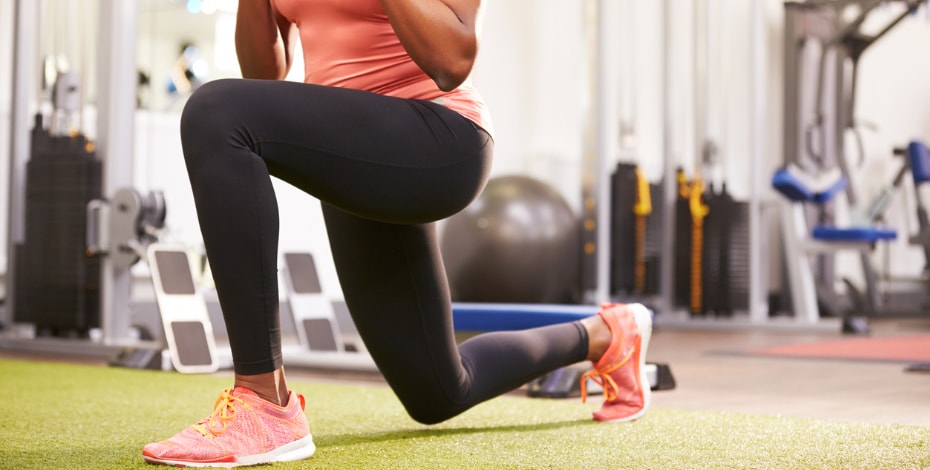
Early active repetitive motor training after stroke and contracture

Sally Horsley expands on the randomised trial that explores whether early active repetitive motor training after stroke prevents upper limb contracture.
How common is contracture after stroke?
Contracture is fairly common after stroke, with about half of all patients developing at least one contracture within the first six months. It is important because it impacts on function in the long term as well as interfering with practice of movements during rehabilitation.
What do we think causes contracture?
It is likely that muscle weakness is related to the development of contracture after stroke. Severe weakness (and/or spasticity) after stroke causes muscles to be held in shortened positions for prolonged periods of time, for example, sitting with the hand resting in the lap.
When muscles are immobilised in shortened positions, they undergo structural changes that result in decreased muscle length and increased muscle stiffness, which in turn limit passive joint range of motion.
How did your trial try to tackle the problem of contracture after stroke?
Since severe weakness is associated with contracture development after stroke, we wanted to investigate whether early, intensive, active motor training could prevent or reverse upper limb contracture. We used the SMART Arm device to enable the people at greatest risk of contracture, patients with little or no arm movement, to participate in intensive, active upper limb motor training.
We conducted a multi-centre randomised controlled trial in which the experimental group received five weeks of up to an hour per day of active, repetitive reaching practice using the SMART Arm device in addition to usual upper limb therapy, and the control group received the usual upper limb therapy only for five weeks. Outcome measures were taken at baseline, post treatment (five weeks) and follow-up (seven weeks). The primary outcome measures were passive range of wrist extension, elbow extension and shoulder flexion.
How does the SMART Arm device work?
The SMART Arm enables repetitive practice of reaching forward along a track using the affected arm, so the movements involved are shoulder flexion and external rotation, elbow extension, forearm supination and wrist and finger extension, and can also include grasp/ release movements. It incorporates outcome triggered electrical stimulation (ES) and a computer screen provides visual and auditory feedback and guidance. These features enable patients with severe and multiple impairments to participate in intensive active practice.
‘We conducted a multi-centre randomised controlled trial in which the experimental group received five weeks of up to an hour per day of active, repetitive reaching practice using the SMART Arm device in addition to usual upper limb therapy, and the control group received the usual upper limb therapy...’
What would the patients feel and do while they use it?
For patients with severe weakness, the affected arm is attached to the reaching track using a splint, and outcome-triggered ES is applied to either triceps or anterior deltoid. The patient has to reach forward along the track to a pre-set distance in order to trigger the ES to then switch on and assist the forward reach to a set target. The patient watches the screen in front, which gives visual and auditory commands to start each reaching movement, and has visual and auditory targets, as well as feedback when the target distance is reached for each repetition and summary feedback graphs. The amount and timing of feedback and guidance provided can also be modified. The device automatically adjusts the target reach distances according to performance.
What was the usual care that both groups received?
We didn’t prescribe the usual upper limb therapy, but it consisted of active task-specific training and strengthening as well as passive interventions such as passive ranging, stretching, and ES for shoulder subluxation. Both groups did about the same amount and type of usual therapy.
Did you find any significant difference between the groups?
No we didn’t. For passive range of wrist extension and shoulder flexion, there were no statistically or clinically significant effects. Both groups lost a small amount of range over the intervention and follow-up period but the difference between groups wasn’t significant. The difference between groups at five weeks was one degree for wrist extension, and five degrees for shoulder flexion in favour of the experimental group.
There may have been a small negative effect on elbow extension (–6 degrees) at five weeks, but it wasn’t clinically important given that both groups still had an average of more than 180 degrees of elbow extension. We also didn’t find any significant difference between groups on any of the secondary outcome measures, which included measures of pain and upper limb function.
We could speculate that a larger duration or intensity of the intervention may have been needed to produce an effect, but the data from this trial does not, and cannot, demonstrate that more intervention would have been effective.
Do you think we need to re-examine what we know about the presumed mechanisms of contracture?
Yes. Current theories are largely based on animal models of how muscles adapt in response to changes in physical demands and stimuli, but it may be that the mechanisms of contracture development in humans are much more complex. More research regarding the mechanisms of contracture development in humans is needed to better inform research into interventions to effectively manage contracture.
APA member Sally Horsley, works clinically as a senior physiotherapist in rehabilitation with the Sunshine Coast Hospital and Health Service. Previous relevant published research include ‘RCTs investigating the effectiveness of splinting and stretching interventions on contracture following stroke and other ABI’ and ‘Investigations on effectiveness of training using the SMART Arm device to improve upper limb function’.
© Copyright 2024 by Australian Physiotherapy Association. All rights reserved.





